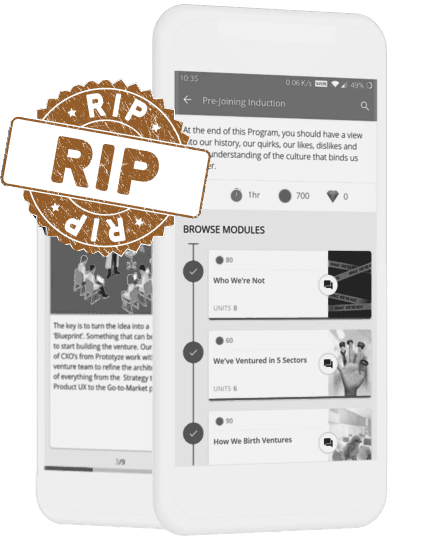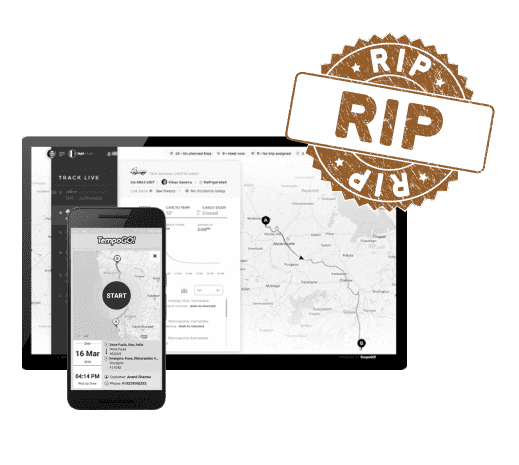HandyTrain had built powerful features catering to the training needs of field executives. From bite-sized multimedia content to gamified assessments, the wide range of contactless learning use cases powered L&D teams right through COVID-19 lockdowns and beyond.
B2B SaaS is a tough business, and catering to the hypercompetitive L&D space is tougher as budgets are always hard to come by. Even though we continued to invest in the platform and build new features – we could not increase revenue from our customers. We decided to wind-up HandyTrain in mid-2022.

Mobiefit Apps achieved over a million downloads and had hundreds of thousands of monthly active users.
But we erred in not finding a path to monetization early enough. And worse, we foolishly burnt through too much capital even as we were trying different experiments.
We also discovered that the percentage of people in India who’re motivated and disciplined enough to stick to a fitness program (and consequently to our App) is tiny. Our App did not change the high drop-out rate that gyms and personal trainers have known about for years.

We grappled for product-market fit in TempoGO, but found it after a couple of years. After a few stumbles, our business was happily growing with unit positive economics.
However, we could not grow enough in time to achieve profitability. And were left heart-breakingly short of achieving a scale that would have allowed us to raise growth capital.
An acquisition by a logistics unicorn—planned across months—was nixed by their board on the final day. Leaving TempoGO with an unfortunate finale.

Early-on, we got one strategic move right. Which was to partner with a large consumer ecosystem of potential borrowers that would allow us to lend with minimal costs of acquisition, servicing and collections. An investment by Airtel (allowing exclusive access to its 200+ million customers) seemed to have given us pole position.
However, we faulted in execution. We squandered too much money and too much time to eventually get to the milestones we did. Blunting our competitive edge to raise the next round of capital. Especially in a fintech landscape that was awash with exceptional start-ups.
